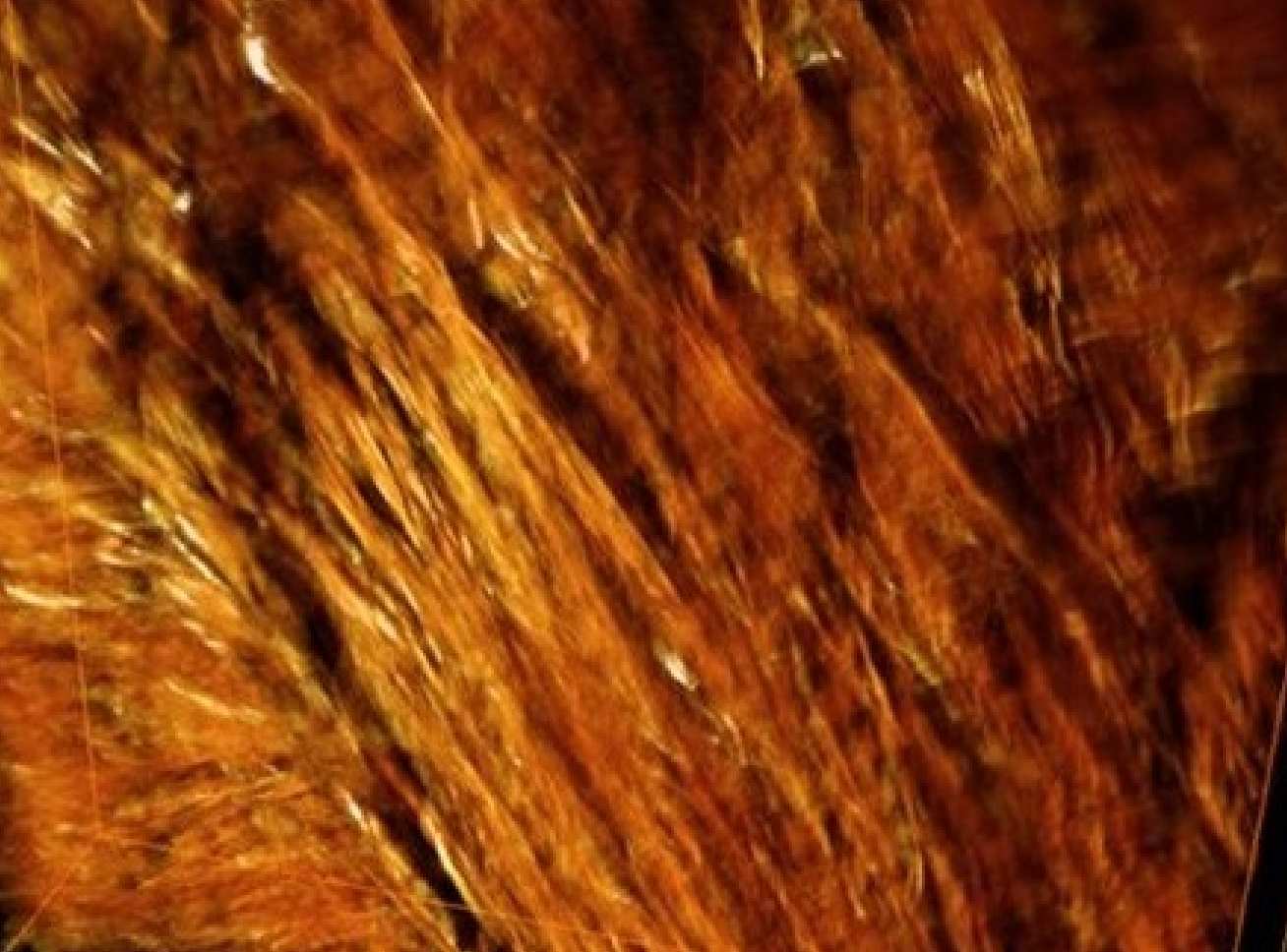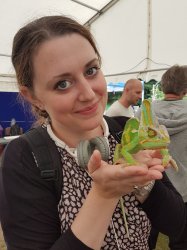Repeating patterns of bone minerals go deeper and smaller than previously thought, Imperial and York researchers have found.
Bone is mostly made of the flexible protein collagen, and the hard mineral apatite. The two elements are arranged in nested repeating patterns from the smaller to the larger scale, eventually influencing the overall structure of bone.
How these materials are arranged determines how strong and tough human bones are. However until now, scientists have been unsure how the stiff and flexible constituents fit together on the smaller scale.
Our work has helped to unlock an important missing piece of the puzzle. - Professor Molly Stevens
Now, researchers have dug deep into how the structures are arranged by using advanced 3D nanoscale imaging of the minerals in human bone. Using this method, the researchers, from Imperial College London and the University of York, have shown that the hierarchical patterns of mineral seen previously are present even at the nanoscale on bone mineral crystallites.

Using electron microscopy-based techniques, the researchers also found that the principal building blocks of crystals at this tiny scale are curved, needle-shaped crystals that form larger twisted platelets to resemble propeller blades.
At the micrometer scale, the ‘blades’ continuously merge and split. The intercalating, continuous mineral and protein networks provide the strength that's essential for functional bones.
Co-corresponding author Professor Molly Stevens, from Imperial’s Departments of Materials and Bioengineering, said: “This work builds on elegant previous studies investigating the fundamental properties and structure of bone. Our work has helped to unlock an important missing piece of the puzzle."
Lead author Dr Roland Kröger from the University of York said: “The combination of the materials together gives bone better mechanical properties than the sum of its parts. We have now worked out how these two stiff and flexible elements uniquely combine to give bones their toughness and strength.”

Natural fractals
The elements that make bone have gently curved, twisted shapes. At the smaller scale, mineral crystals curve, collagen strands twist together, and mineralized collagen fibres twist, as do larger scale elements called osteons – the basic units that make up bone.
Like lightning bolts, coast lines, tree branches, clouds and snowflakes, tiny bone structures follow natural repeating patterns. - Dr Natalie Reznikov
The self-repeating patterns reflect fractals in nature, like those seen in snowflakes or lightning bolts.
First author Dr Natalie Reznikov, who performed the work whilst a

postdoctoral fellow at Imperial, said: “Like lightning bolts, coast lines, tree branches, clouds and snowflakes, tiny bone structures follow natural repeating patterns.
"These natural fractals are examples of similar repetitions made in other naturally occurring patterns, whose complexities increase with magnification."
The study is published in the journal Science, and was funded by the UK Engineering and Physical Sciences Research Council (EPSRC) and the Wellcome Trust.
“Fractal-like hierarchical organization of bone begins at the nanoscale” by Natalie Reznikov, Matthew Bilton, Leonardo Lari, Molly M. Stevens, Roland Kroeger. Published 4 May 2018 in Science.
Image credits:
Main video: University of York
Image 1: University of York
Image 2: University of York
Image 3: Shutterstock/Kichigin
Supporters


Article text (excluding photos or graphics) © Imperial College London.
Photos and graphics subject to third party copyright used with permission or © Imperial College London.
Reporter

Caroline Brogan
Communications Division

Contact details
Email: press.office@imperial.ac.uk
Show all stories by this author




Leave a comment
Your comment may be published, displaying your name as you provide it, unless you request otherwise. Your contact details will never be published.